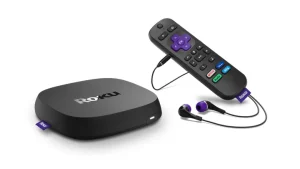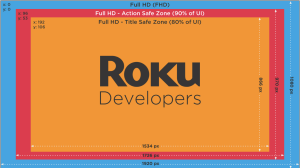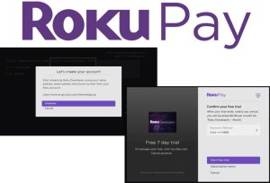Best Practices for Developing an OTT App on Roku
As the Over-the-Top (OTT) market continues to grow rapidly, developing applications for platforms like Roku has become essential for content providers aiming to reach a wider audience. However, creating a successful OTT app requires careful planning and execution to deliver a seamless user experience. In this blog post, we’ll explore key points to remember while developing an OTT app on Roku.
- Understanding the Roku Platform: Before diving into development, it’s crucial to have a solid understanding of the Roku platform, including its capabilities, limitations, and best practices. Familiarise yourself with Roku’s development tools, documentation, and guidelines to ensure your app meets Roku’s standards and performs optimally across different Roku devices.

- User Interface Design: The user interface (UI) plays a significant role in the success of an OTT app. Design an intuitive and visually appealing UI that aligns with Roku’s design principles and provides a seamless navigation experience for users. Consider factors like readability, accessibility, and consistency across screens to enhance usability. Roku has mentioned some key design points in their documentation. Here’s the link.

- Content Delivery: Efficient content delivery is essential for streaming apps. Implement adaptive bitrate streaming using protocols like DASH or HLS to ensure smooth playback across varying network conditions. Utilise Roku’s content metadata APIs to organize and present content effectively, making it easy for users to discover and access content.
- Performance Optimisation: Optimise your app’s performance to deliver a fast and responsive user experience. Minimize loading times, reduce buffering, and optimize resource usage to enhance app responsiveness. Leverage Roku’s SceneGraph framework and asynchronous programming techniques to efficiently manage UI updates and background tasks.
- Monetization Strategies: Explore different monetization strategies to generate revenue from your OTT app. Consider options like subscription-based models, advertising, in-app purchases, or pay-per-view content. Integrate Roku Pay for seamless payment processing and adhere to Roku’s monetization policies to ensure compliance. Roku Pay

- Analytics and Insights: Collect and analyze user data to gain insights into app usage patterns, audience demographics, and content preferences. Leverage Roku’s analytics tools and third-party analytics platforms to track key metrics such as viewer engagement, retention rates, and conversion rates. Use this data to make informed decisions and optimize your app’s performance and content strategy.

- Testing and Quality Assurance: Thorough testing is essential to identify and fix bugs, ensure compatibility across different Roku devices, and validate the app’s functionality and performance. Conduct comprehensive testing covering aspects like UI/UX, playback quality, device compatibility, and security. Utilise Roku’s testing tools and emulators to simulate real-world scenarios and environments.

- Compliance and Certification: Before launching your OTT app on the Roku platform, ensure compliance with Roku’s developer guidelines, content policies, and certification requirements. Submit your app for review and certification to ensure it meets Roku’s quality standards and is eligible for distribution on the Roku Channel Store. Here’s the complete details of Roku Certification Criteria.

Conclusion: Developing an OTT app for Roku presents exciting opportunities for content providers to reach a large and diverse audience. By following these key points and best practices, you can create a high-quality OTT app that delivers a compelling user experience, drives engagement, and maximizes monetization opportunities on the Roku platform. Keep innovating, iterating, and staying abreast of industry trends to stay competitive in the dynamic OTT landscape.

